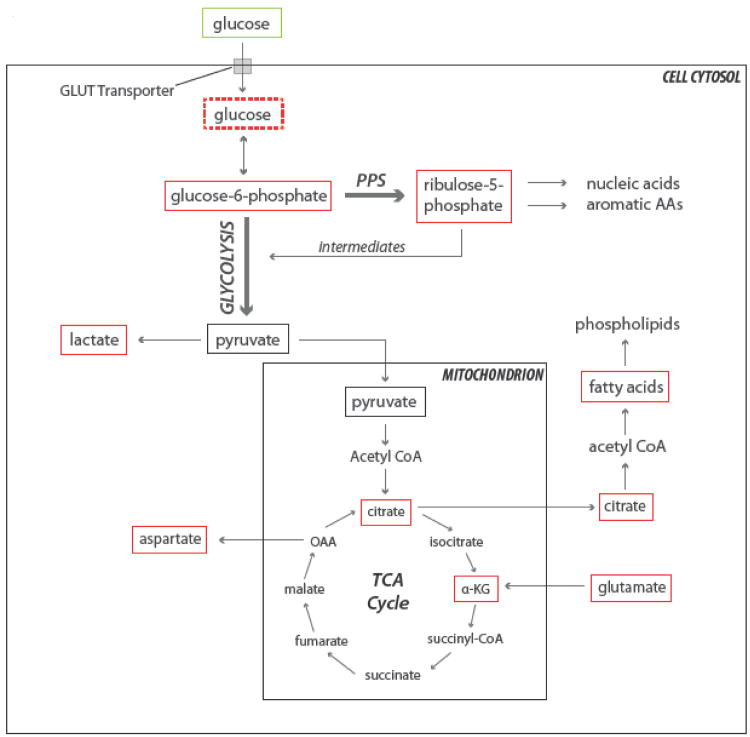Figure 3. Schematic representing major metabolic pathways in the Warburg effect and their relative levels in distinct groups of breast tumors.
Red boxes indicate an increase in metabolite levels in Cluster 2 compared to the less aggressive Cluster 1, while a green box indicates decreasing levels. The dotted red box indicates marginally increased metabolite levels. Glucose processing through glycolysis to pyruvate and lactate provides ATP, while the pentose phosphate shunt (PPS) generates key intermediates in nucleotide biosynthesis. Glucose-derived citrate is exported to the cytosol to contribute to lipid production. Glutamine is converted into glutamate and is transported to the mitochondria where it is de-aminated to generate α-ketoglutarate, an intermediate in the TCA cycle. Aromatic amino acids (Aromatic AAs); oxaloacetate (OAA); Acetyl coenzyme A (Acetyl CoA); Succinyl coenzyme A (Succinyl CoA).

